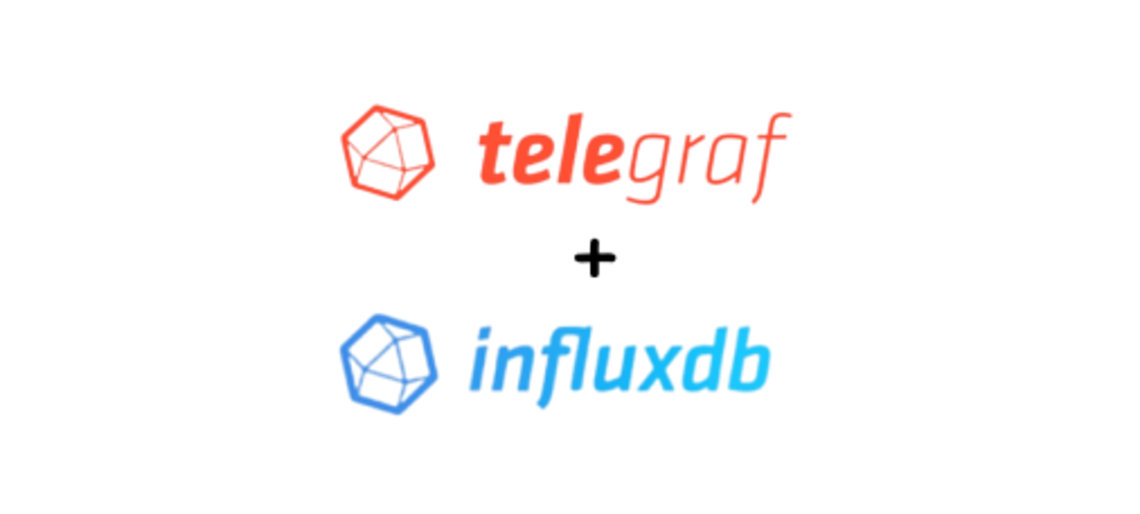Telegraf and InfluxDB are tools used in conjunction with Grafana for displaying data in graphical mode.
In the first article of this track, we talked about Grafana, a network and application monitoring tool.
Click here to access the article about Grafana
But Grafana needs some tools to send metrics and store this data so that it can function.
Now let’s talk about the Telegraf and InfluxDB tools, which are tools for collecting metrics and databases.
Telegraf and InfluxDB are two widely used tools in the field of collecting, storing, and querying time series data, being especially popular in real-time data monitoring and analysis environments.
Let’s talk about each one of them:
What is InfluxDB?
InfluxDB is an open-source time series database developed to store, query, and visualize data that varies over time.
It is designed to efficiently handle high cardinality data and is particularly suitable for monitoring applications, IoT (Internet of Things), and performance metrics.
Click here to access the official InfluxDB website

Key features of InfluxDB include:
- Time Series Data Model: InfluxDB stores data in time series, meaning that each data point is marked with a timestamp, making it easy to analyze data over time.
- SQL-Like Query Language: InfluxDB offers a query language that resembles SQL and allows users to retrieve data flexibly.
- High Scalability: InfluxDB is highly scalable and can be distributed to handle growing data workloads.
Customizable Data Retention: Users can configure data retention policies to specify how long data should be retained in the database.
What is Telegraf?
Telegraf is an open-source data collection agent that works in conjunction with InfluxDB (and other databases and systems) to collect, transform, and send data from various sources.
Key features of Telegraf include:
- Plug-ins for Various Sources: Telegraf provides a wide variety of plugins that can be configured to collect data from sources such as servers, network devices, APIs, databases, and more.
- Data Transformation: Telegraf allows real-time data transformation, such as unit conversion, data filtering, and data enrichment before sending it to InfluxDB.
- Integration with InfluxDB: Telegraf is often used in conjunction with InfluxDB, making data ingestion into the time series database simple and efficient.
- Flexible Configuration: Users can configure Telegraf to meet their specific needs by choosing the appropriate plugins and customizing data collection and sending options.

Telegraf and InfluxDB are essential tools for the operation of Grafana, although they are not the only ones, they are certainly very effective. InfluxDB serves as a highly scalable and flexible time series database, and Telegraf as a versatile data collection agent.
Together, these tools play a crucial role in monitoring applications, metric analysis, and IoT, enabling data collection, storage, and analysis.
In the next article, we will perform the installation of the tool from scratch, running the application in HTTPS protocol.
With an active community and quality support, Grafana is a reliable and comprehensive solution for monitoring.

Leave a Reply